Table of Contents
Cauliflower emerges as a low-glycemic index (GI) superfood, making it a valuable ally for blood sugar control. With its naturally low carbohydrate content and high fiber density, cauliflower facilitates a gradual release of glucose into the bloodstream, preventing abrupt spikes in blood sugar levels. This cruciferous vegetable's versatility in the kitchen allows for creative and delicious low-carb substitutions, such as cauliflower rice or pizza crust, catering to individuals managing diabetes. Rich in essential nutrients, antioxidants, and boasting anti-inflammatory properties, cauliflower contributes not only to stable blood sugar but also to overall health and well-being. Its high water content and nutrient density make cauliflower a satiating and hydrating choice, supporting weight management goals. As a nutrient-packed, low-GI option, cauliflower stands out as a versatile and nutritious addition to a balanced diet, promoting blood sugar control and holistic health.
Cauliflower Is A Low-GI Superfood for Blood Sugar Control:
Here are some reasons why cauliflower is considered a valuable addition for individuals aiming to manage blood sugar levels:
- Low Glycemic Index:
- Cauliflower has a low glycemic index, which means it has a minimal impact on blood sugar levels when consumed. This makes it a suitable choice for individuals with diabetes or those looking to maintain stable blood sugar.
- High Fiber Content:
- Rich in dietary fiber, cauliflower contributes to digestive health and helps in controlling blood sugar levels. Fiber slows down the absorption of sugars and promotes a feeling of fullness, reducing the likelihood of spikes in blood sugar.
- Low in Carbohydrates:
- Cauliflower is relatively low in carbohydrates, particularly when compared to starchy alternatives like potatoes or rice. This characteristic makes it a suitable choice for those following low-carbohydrate or diabetic-friendly diets.
- Rich in Nutrients:
- Despite being low in calories, cauliflower is rich in essential nutrients, including vitamins C and K, folate, and various minerals. These nutrients support overall health and well-being.
- Versatile Cooking Ingredient:
- Cauliflower is a versatile vegetable that can be used in various ways, making it easy to incorporate into different meals. It can be mashed, riced, roasted, or used as a substitute for grains in recipes.
- Blood Pressure Regulation:
- The potassium content in cauliflower may contribute to blood pressure regulation, which is important for individuals managing diabetes as they may be at a higher risk of cardiovascular issues.
- Anti-Inflammatory Properties:
- Cauliflower contains compounds with anti-inflammatory properties, which may have additional benefits for individuals managing chronic conditions associated with inflammation, including diabetes.
- Supports Weight Management:
- With its high fiber content and low-calorie profile, cauliflower can be a valuable addition to a weight management plan. Maintaining a healthy weight is crucial for individuals with diabetes or those at risk of developing the condition.
- Diabetic-Friendly Substitutions:
- Cauliflower can be creatively used as a substitute for higher-carb ingredients in various recipes. For example, cauliflower rice can replace traditional rice, and cauliflower pizza crust offers a low-carb alternative to traditional crusts.
- Promotes Satiety:
- The fiber and water content in cauliflower contribute to a feeling of fullness, which may help control appetite and prevent overeating, supporting weight management and blood sugar control.
Benefits of Low Gi Superfood:
Consuming low-glycemic index (GI) superfoods can offer a range of health benefits, especially for individuals looking to manage blood sugar levels and support overall well-being. Here are some benefits associated with incorporating low-GI superfoods into your diet:
- Blood Sugar Control:
- The primary advantage of low-GI superfoods is their ability to help regulate blood sugar levels. Foods with a low GI release glucose gradually into the bloodstream, preventing rapid spikes and crashes in blood sugar. This is particularly beneficial for individuals with diabetes or those aiming to maintain stable energy levels throughout the day.
- Sustained Energy:
- Low-GI foods provide a more sustained release of energy due to their slow digestion and absorption. This can help in maintaining consistent energy levels and preventing the fatigue often associated with rapid fluctuations in blood sugar.
- Weight Management:
- Including low-GI superfoods in the diet can support weight management efforts. These foods tend to be more filling, promoting satiety and reducing the likelihood of overeating. This can be beneficial for those looking to control calorie intake and manage their weight.
- Improved Insulin Sensitivity:
- A diet rich in low-GI foods may contribute to improved insulin sensitivity. This is important for individuals with insulin resistance or those at risk of developing type 2 diabetes. Enhanced insulin sensitivity allows the body to better utilize insulin to regulate blood sugar.
- Reduced Risk of Chronic Diseases:
- Consuming a diet with a low glycemic load has been associated with a reduced risk of chronic diseases such as type 2 diabetes, cardiovascular disease, and certain types of cancers. These conditions are often influenced by factors related to blood sugar regulation and inflammation.
- Long-Term Weight Loss Maintenance:
- For individuals following weight loss programs, incorporating low-GI superfoods can contribute to long-term weight loss maintenance. These foods support sustainable dietary habits by providing a satisfying and nutrient-rich foundation.
- Improved Cardiovascular Health:
- Low-GI diets have been linked to improved cardiovascular health. They may help lower cholesterol levels, reduce the risk of heart disease, and contribute to overall cardiovascular well-being.
- Stable Mood and Mental Function:
- Fluctuations in blood sugar levels can impact mood and cognitive function. The stable and sustained energy provided by low-GI superfoods may contribute to better mood regulation and improved mental alertness.
- Promotion of Healthy Aging:
- A diet rich in low-GI superfoods, often associated with a high intake of fruits, vegetables, and whole grains, is linked to healthy aging. These foods provide essential nutrients and antioxidants that support cellular health and reduce the risk of age-related diseases.
- Support for Hormonal Balance:
- Consuming low-GI foods can help maintain hormonal balance, especially insulin levels. Balanced insulin levels are crucial for overall hormonal health and can contribute to a reduction in hormonal imbalances associated with conditions like polycystic ovary syndrome (PCOS).
Ways To Incorporate Cauliflower Into Your Diet:
Here are various ways to incorporate cauliflower into your diet:
- Cauliflower Rice:
- Grate or process cauliflower into small, rice-sized pieces to create cauliflower rice. Use it as a low-carb and low-GI alternative to traditional rice in stir-fries, curries, or as a base for various dishes.
- Cauliflower Mash:
- Boil or steam cauliflower until tender, then mash it as you would potatoes. Season with herbs, garlic, and a touch of olive oil for a nutritious and lower-carb alternative to mashed potatoes.
- Cauliflower Pizza Crust:
- Mix cauliflower rice with cheese and eggs to form a pizza crust. Bake until crisp, then add your favorite toppings for a low-carb pizza option that is both delicious and blood sugar-friendly.
- Cauliflower Soup:
- Blend steamed cauliflower with broth, garlic, and spices to create a creamy and satisfying soup. Enjoy it as a comforting meal while benefiting from cauliflower's low-GI properties.
- Cauliflower Stir-Fry:
- Add cauliflower florets to stir-fries with an array of colorful vegetables and lean proteins. The cauliflower not only contributes to the texture but also lowers the overall glycemic load of the dish.
- Roasted Cauliflower:
- Toss cauliflower florets with olive oil, garlic, and your favorite herbs, then roast until golden brown. Roasted cauliflower makes for a flavorful side dish that complements various main courses.
- Cauliflower Gratin:
- Layer cauliflower slices in a baking dish with a light cheese sauce and bake until bubbly. This cauliflower gratin offers a satisfying and indulgent dish with lower carbohydrates.
- Cauliflower Tacos:
- Roast or grill cauliflower florets with Mexican spices and use them as a filling for tacos. Pair with fresh salsa, avocado, and a whole-grain tortilla for a balanced and blood sugar-friendly meal.
- Cauliflower and Broccoli Salad:
- Combine raw cauliflower and broccoli florets with cherry tomatoes, red onions, and a light vinaigrette dressing. This colorful salad offers a nutrient-packed side dish or a light meal.
- Cauliflower Smoothie:
- Add a small amount of steamed or raw cauliflower to your favorite smoothie for a nutrient boost without significantly impacting the taste. Pair it with fruits, greens, and a protein source for a well-rounded beverage.
- Cauliflower and Chickpea Curry:
- Create a flavorful and low-GI curry by simmering cauliflower with chickpeas, tomatoes, and a blend of spices. Serve it over cauliflower rice for a complete and blood sugar-friendly meal.
- Cauliflower and Cheese Stuffed Peppers:
- Mix cauliflower with a light cheese sauce and use it as a stuffing for bell peppers. Bake until the peppers are tender for a delicious and low-GI stuffed pepper dish.

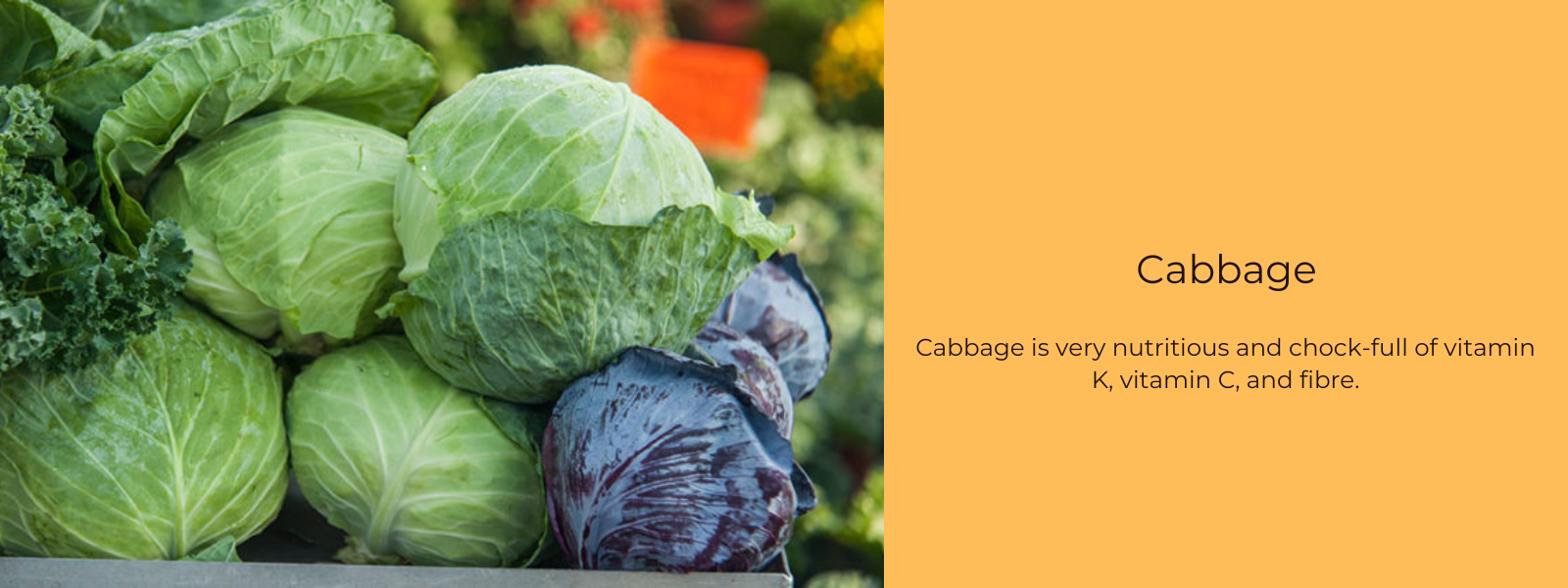
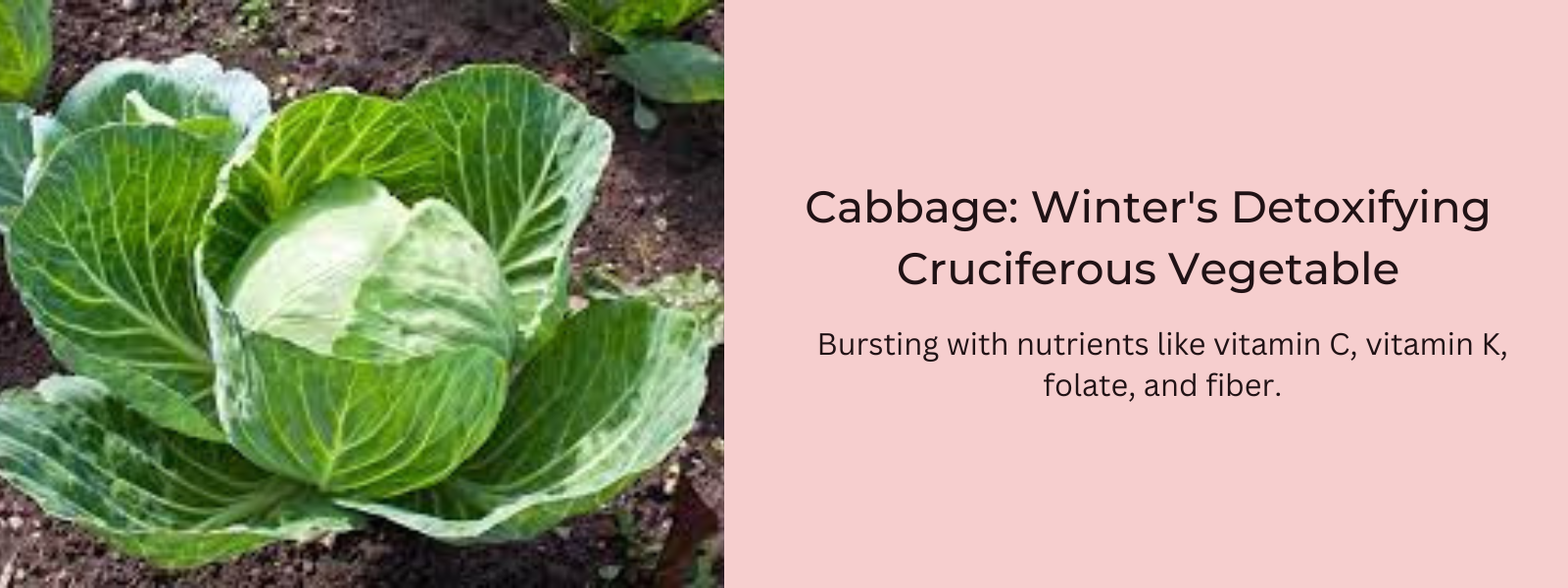
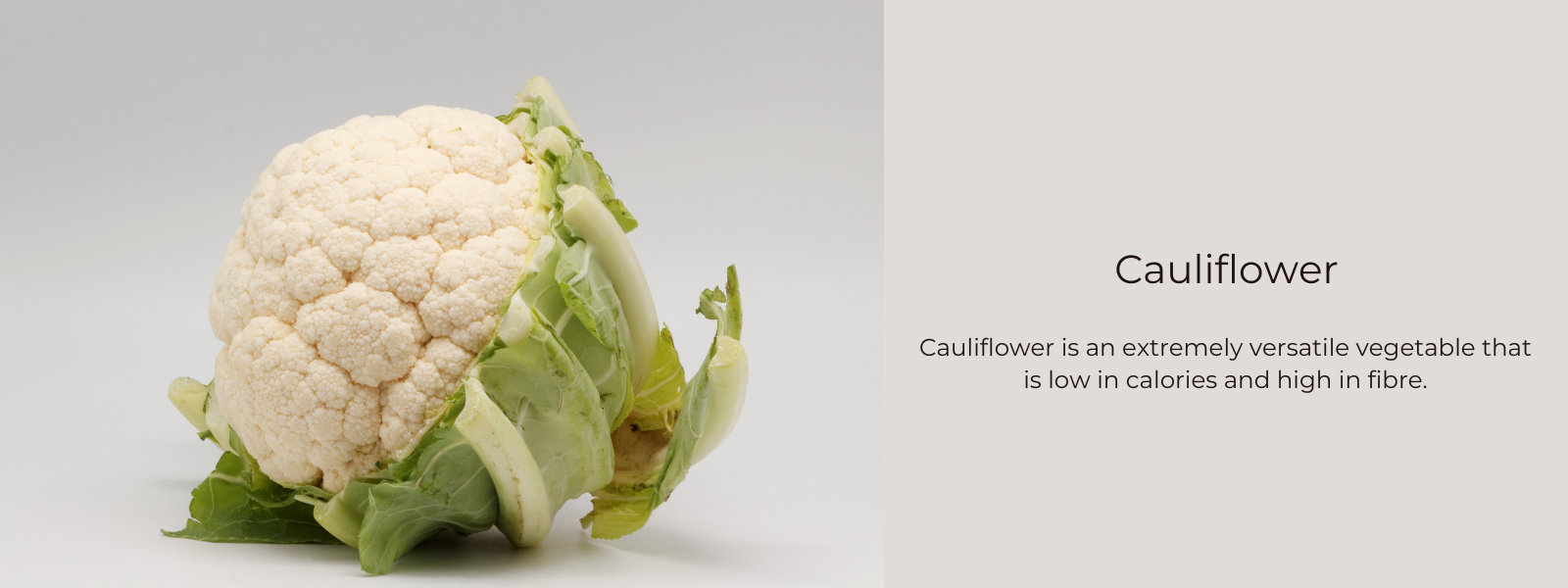
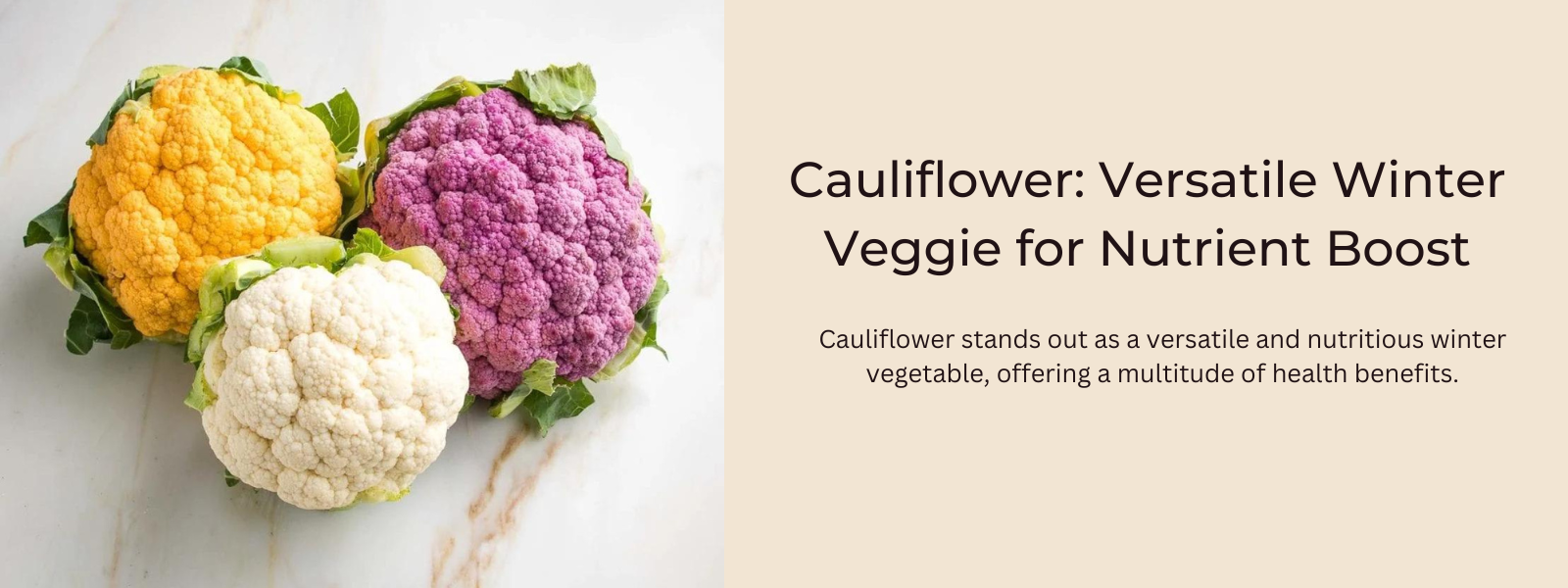
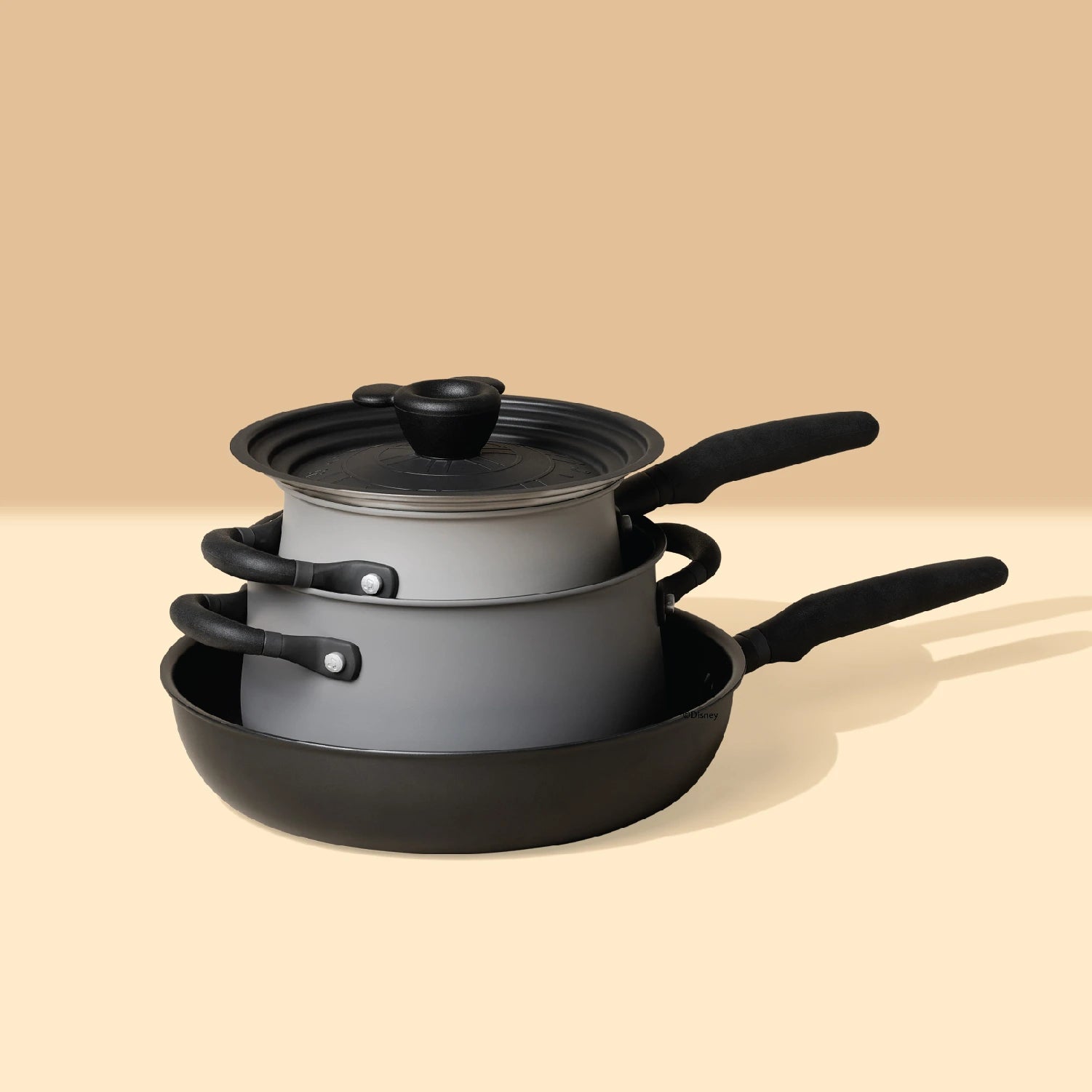




Leave a comment